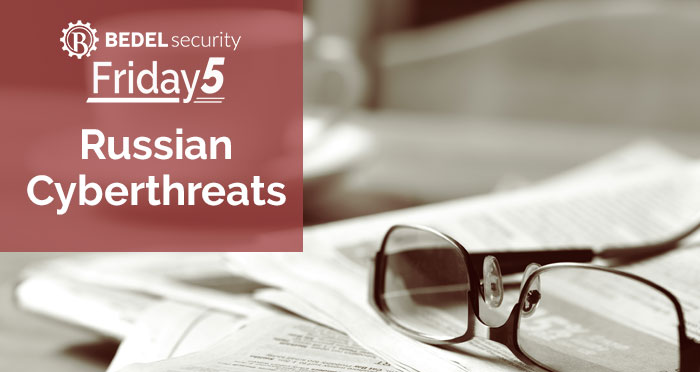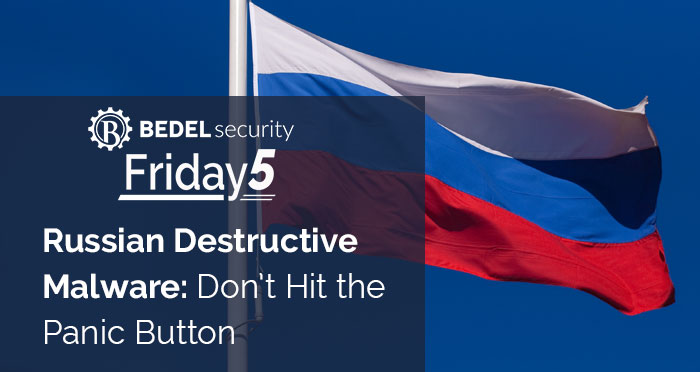Russian Destructive Malware: Don’t Hit the Panic Button
Everyone is on high alert right now because of Russian ransomware attacks as a part of the conflict in Ukraine.


This week the threat from Russia to the Ukraine has turned to reality. The attack was preceded by cyber threats probably long before the physical threat was known. It most likely began with the same events we deal with each day: phishing attempts, advanced persistent threats (ATPs), and compromised accounts. Apparently, after gaining that foothold the hackers have started to put their reconnaissance to work as I’m reading Ukraine computers have been reported as infected with malware poised to wipe their data.
We have seen all the warnings from threat sources and regulators come through recently. So, now that we know it’s here, what should we do? Hopefully, we all realize that preparing for cyber threats cannot be done when the threat intelligence hits. Stacked up vulnerabilities, delayed investments, and projects cannot be implemented overnight or even in weeks or months. Cybersecurity programs are too to turn on a dime in any significant way; kind of like realizing you’re heading toward the iceberg in the Titanic…it’s too big of a ship to turn. We have to be proactive to be successful.
We know the financial sector is the most targeted sector. Also, unfortunately, our old habits still haunt us. Sometimes gaining access to an unprivileged account can be as easy as buying stolen credentials on the dark web. So, what do we do, even if we are just starting today?
https://hbr.org/2022/02/the-cybersecurity-risks-of-an-escalating-russia-ukraine-conflict

Everyone is on high alert right now because of Russian ransomware attacks as a part of the conflict in Ukraine.

This post is intended to help community financial institutions appropriately prioritize their response efforts to the Log4Shell vulnerability. If...

A few weeks ago, in my life outside of cybersecurity, a person said to me: “You are always thinking three steps ahead of the rest of us”. I am not...